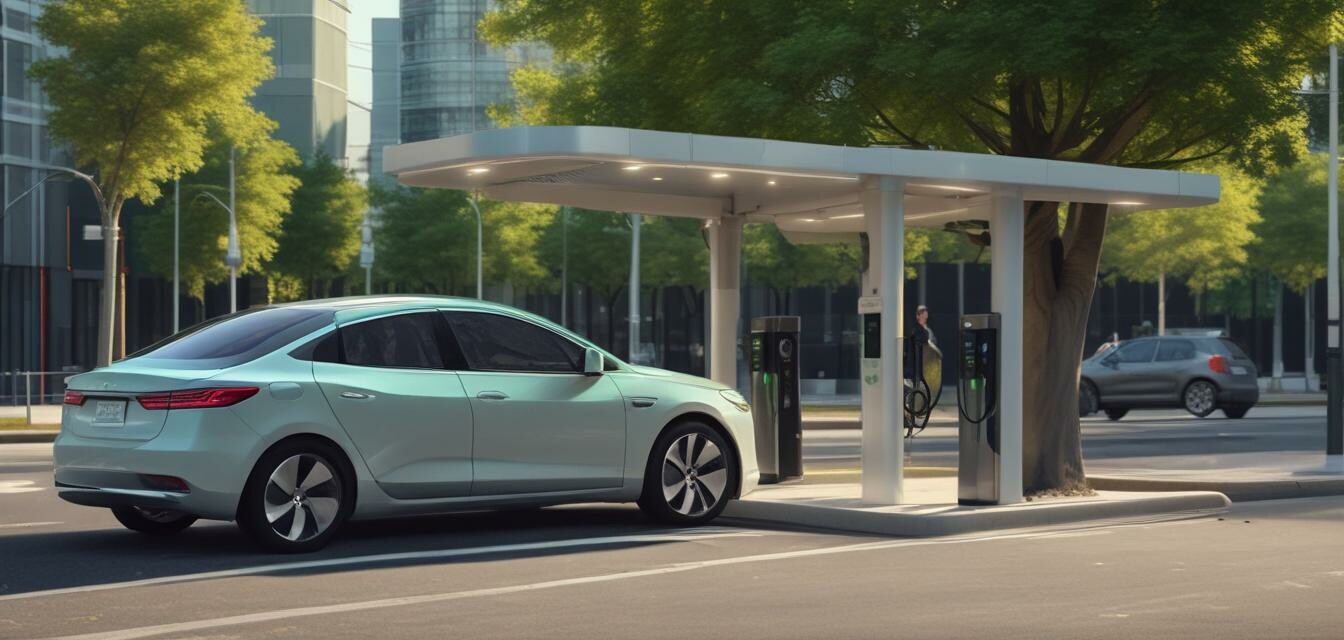
Electric Vehicle Charging Stations: A Growing Trend
Key Takeaways
- The demand for electric vehicle (EV) charging stations is increasing rapidly due to the rise in EV ownership.
- Regulations and standards around EV chargers are evolving, impacting installation practices for electricians.
- Understanding the different types of chargers available is critical for effective installation.
- Staying informed about the latest trends in EV charging is essential for practitioners in the electrician supplies industry.
The market for electric vehicles is expanding at an unprecedented rate, which translates to a rising need for electric vehicle charging stations. This article delves into the increasing popularity of EV chargers, the implications for electricians, and the evolving regulations affecting the industry. By keeping abreast of these trends, electricians can better position themselves in the dynamic landscape of the electrical supply market.
Understanding the growth of electric vehicles
The rise of electric vehicles is not just a passing trend; it has become a transformative shift in the automotive industry. Various factors driving this growth include:
- Increased environmental awareness.
- Government incentives and rebates for electric vehicle purchases.
- A greater variety of EV models available to consumers.
- Advancements in battery technology enabling longer ranges.
Importance of charging stations
As the number of electric vehicles on the roads rises, so does the importance of charging stations. Electricians play a crucial role in setting up these stations, which can be broadly classified into three types:
| Type of Charger | Charging Speed | Typical Use Case |
|---|---|---|
| Level 1 Charger | Low (120V) | Home charging, slow overnight charging |
| Level 2 Charger | Medium (240V) | Public charging stations, residential garages |
| DC Fast Charger | High | Commercial charging networks, highway charging |
Regulations and standards
As the state of electric charging evolves, so too do the regulations governing the installation and operation of charging stations. Electricians must stay updated with the latest changes, which may include:
- National Electric Code (NEC) updates regarding installations.
- Local codes and ordinances related to zoning and permits.
- Safety standards for electrical installations.
Installation considerations
When installing EV charging stations, electricians need to take several factors into account, including:
- Power availability in the area of installation.
- Proximity to existing electrical infrastructure.
- Accessibility for users, including ADA compliance.
- Future needs for expansion or upgrades.
Pros
- Increased business opportunities for electricians.
- Ability to offer up-to-date services in a growing market.
- Support environmentally friendly technologies.
Cons
- Costs associated with training and certification.
- Potential challenges in navigating regulations.
- Infrastructure limitations in certain areas.
Future trends in EV charging stations
As we look to the future, several trends are set to shape the EV charging landscape:
- Increase in fast and ultra-fast charging stations.
- Integration of renewable energy sources in charging solutions.
- Smart charging solutions that adapt to demand.
- Emergence of mobile charging units for convenience.
How electricians can adapt
Electricians looking to thrive in this evolving market should consider:
- Investing in training for the installation of EV chargers.
- Understanding the charging needs of various customers.
- Networking with local businesses to promote charging solutions.
- Staying updated on the latest technology developments in EV charging.
Conclusion
As the landscape for electric vehicles evolves, the need for reliable, efficient, and accessible charging stations is paramount. Electricians hold a key position in this market, and understanding the trends, regulations, and installation concerns is essential for success. For more information, visit our other related articles on News & Trends or explore our product categories on AUDIO/VIDEO CABLE & ACCESSORIES, CONDUIT & CONDUIT ACCESSORIES, INDUSTRIAL LIGHTING SOLUTIONS, and TOOLS & ACCESSORY KITS.